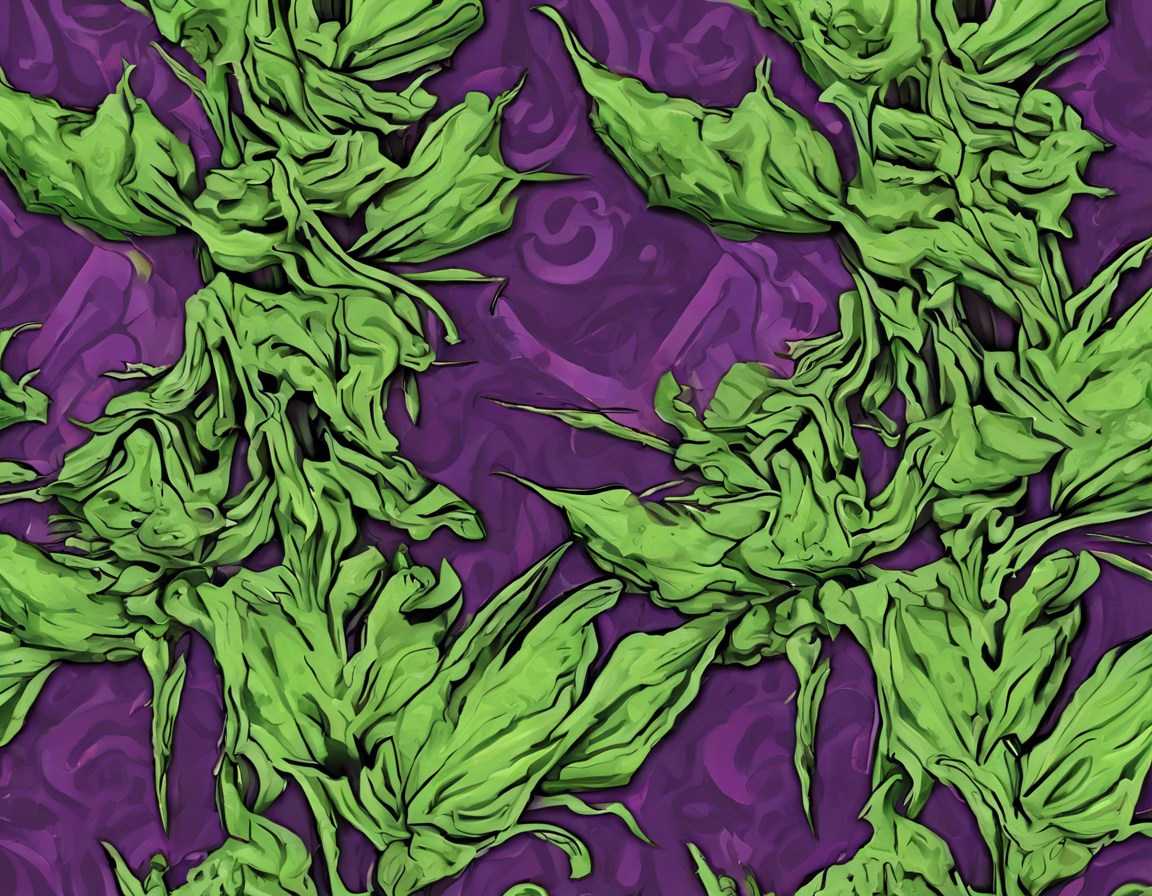Introduction
Thrax weed, also known as Solanum nigrum or black nightshade, is a plant that is commonly found in various parts of the world. While some may view it as a harmless weed, it is important to understand that thrax weed can pose significant dangers to both humans and animals when ingested. In this article, we will delve into the various aspects of thrax weed, including its toxic properties, symptoms of poisoning, and preventive measures to avoid its harmful effects.
Thrax Weed: Toxicity and Dangers
Thrax weed contains toxic compounds such as solanine and saponins, which can be dangerous when consumed in large quantities. The concentration of these toxins can vary depending on the species of thrax weed and environmental factors. The leaves, stems, berries, and roots of the plant are all toxic and can cause poisoning if ingested.
Symptoms of Thrax Weed Poisoning
Ingesting thrax weed can lead to a range of symptoms, including:
- Stomach pain
- Nausea and vomiting
- Diarrhea
- Dizziness
- Headaches
- Difficulty breathing
- Irregular heartbeat
- Seizures
In severe cases, thrax weed poisoning can be fatal, especially if large quantities of the plant have been consumed. It is essential to seek immediate medical attention if someone has ingested thrax weed or is experiencing symptoms of poisoning.
Preventive Measures
To prevent thrax weed poisoning, it is crucial to take the following precautions:
- Identification: Learn to identify thrax weed and avoid accidental ingestion.
- Keep Children and Pets Away: Ensure that children and pets do not have access to areas where thrax weed is growing.
- Proper Disposal: Remove thrax weed from your property safely and ensure that it is disposed of properly to prevent accidental ingestion by animals.
- Educate Yourself: Familiarize yourself with the common characteristics of thrax weed to prevent accidental exposure.
- Wear Gloves: If you need to handle thrax weed for removal, wear gloves to protect your skin from potential toxins.
FAQs about Thrax Weed
- Can thrax weed be found in both urban and rural environments?
-
Yes, thrax weed can thrive in a variety of environments, including urban areas, rural settings, and agricultural regions.
-
Is thrax weed harmful to livestock?
-
Yes, thrax weed can be toxic to livestock, such as cattle, sheep, and horses, if ingested in large quantities.
-
What is the best way to remove thrax weed from a garden?
-
When removing thrax weed from a garden, it is essential to wear gloves and ensure that all parts of the plant are disposed of properly to prevent re-growth.
-
Are there any uses for thrax weed in traditional medicine?
-
While some cultures may have used thrax weed in traditional medicine, it is important to note that the plant is toxic and should not be consumed without proper knowledge and expertise.
-
What should I do if my pet has ingested thrax weed?
- If you suspect that your pet has ingested thrax weed, contact your veterinarian immediately for guidance and treatment.
In conclusion, while thrax weed may appear innocuous, it is essential to recognize its toxic potential and take precautions to avoid poisoning. By educating yourself about the dangers of thrax weed, you can protect yourself, your family, and your pets from potential harm. Remember, when in doubt, always seek professional assistance if thrax weed poisoning is suspected.
